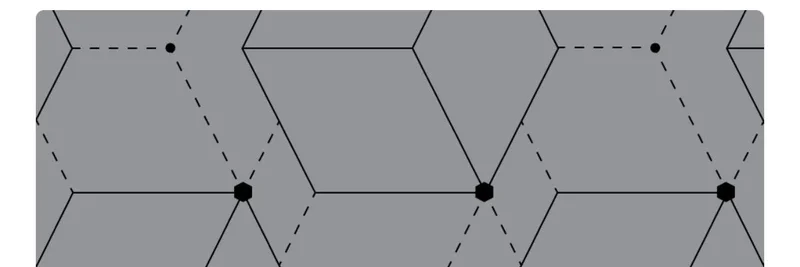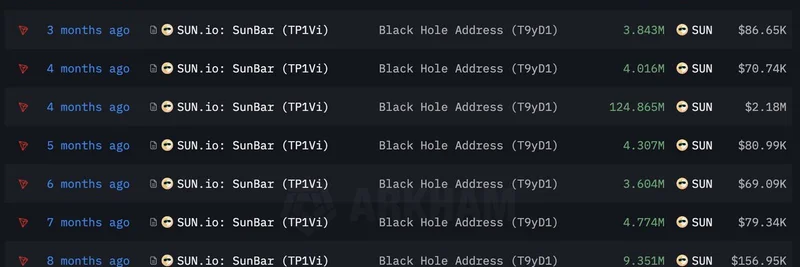Hey there, crypto enthusiasts! If you've been scrolling through X lately, you might have caught this intriguing post from BSC News: "🤔 WHAT THE 'HERMES HARDFORK'? - Is this @Coredao_Org network update poised to change the $CORE ecosystem forever?" It links to a detailed explainer on BSC News, and honestly, it's got the community buzzing. As someone who's deep in the world of blockchain and meme tokens here at Meme Insider, I thought it'd be worth diving into this upgrade. Even if $CORE isn't your typical viral meme coin, updates like this can ripple through the ecosystem, affecting everything from trading speed to new project launches. Let's break it down in plain English.
Understanding the Hermes Hardfork
At its core (pun intended), the Hermes Hardfork is a major protocol upgrade for the Core DAO blockchain. It went live on the Core Testnet2 back on October 15, 2025, at 8:00 AM UTC. Think of a hardfork as a software update that everyone on the network has to adopt to keep things running smoothly—it's not optional if you want to stay in sync. This one draws inspiration from BNB Smart Chain's version 1.5.12 and tackles issues like transaction speed, security, and how validators (the folks who keep the network secure) operate.
Core DAO has been on a tear lately, with activity up 2,800% year-over-year, over 350 developers on board, and more than 100 dApps (decentralized applications) deployed. The Hermes upgrade is all about building on that momentum, making the network more efficient and user-friendly, especially in the BTCfi space— that's Bitcoin Finance, where Bitcoin assets get integrated into DeFi protocols.
Key Upgrades That Could Change the Game
The hardfork packs in several Blockchain Enhancement Proposals (BEPs), which are basically improvement ideas turned into code. Here's a quick rundown of the big ones:
Fast Finality (BEP-126): Transactions now confirm in just two blocks, often within six seconds. This slashes the chance of "chain reorganizations" (when the blockchain rewinds and changes history), making trades feel snappier and more reliable—perfect for those high-volume meme token pumps.
Validator Maintenance Mode (BEP-127): Validators can now hit pause for updates or fixes without getting penalized (slashed) for downtime. It's like giving your car a tune-up without losing your license.
Candidate Validators (BEP-131): Newbies can shadow experienced validators before jumping in, helping grow the network's decentralization. More validators mean less chance of any one group controlling things, which is key for trust in crypto.
Consecutive Block Production (BEP-341): Validators can churn out blocks back-to-back, boosting throughput and cutting wait times. Imagine fewer bottlenecks during those wild market rushes.
Validator Agents (BEP-410): These are like sidekicks that handle tasks for main validators, improving uptime and flexibility.
BLS12-381 Precompile (BEP-439): A techy one—this adds support for efficient zero-knowledge proofs and signatures, opening doors for privacy-focused apps and advanced DeFi.
Extended Block Hash Access (BEP-440): Lets devs pull historical data farther back, great for things like random number generation in lotteries or verifying old transactions.
Code-Enabled EOAs (BEP-441): Externally owned accounts (your basic wallet addresses) can now run code, blending wallet and smart contract features for cooler automations without extra deployments.
On top of that, staking gets a tweak: Validators can set commissions from 0% to 100% on rewards from staked CORE and BTC, letting partners like staking platforms take a cut. There are also bug fixes, performance boosts, and some old tools getting phased out, like the Personal module in Geth—operators, switch to something like Clef for key management.
Timeline and How to Get Involved
The testnet activation happened after some delays for extra testing, originally slated for September but pushed to October for smoothness. Mainnet? No date yet, but keep an eye on Core DAO's official channels for announcements. If you're a validator or running a full node, grab version 1.0.21 from GitHub and follow the docs on Core DAO's site. For fast finality, you'll need to set up a voting key and register it—details are in the guides. Regular users? Sit tight; this should all happen behind the scenes.
Testing on the testnet is smart to avoid any hiccups. If you don't update, you risk dropping out of consensus, which means no more validating or processing transactions.
Why This Matters for the $CORE Ecosystem and Beyond
So, why should meme token fans care? Well, faster confirmations and lower latency mean quicker trades, which is gold during hype cycles. Enhanced security and decentralization build more trust, attracting devs to build wild new projects—maybe even meme-inspired dApps on Core. In the BTCfi world, this could supercharge integrations with Bitcoin, opening up fresh liquidity pools that meme tokens could tap into.
Overall, Hermes positions Core DAO as a more robust player in the blockchain space, handling higher traffic without breaking a sweat. It's upgrades like this that keep ecosystems evolving, and who knows—it might inspire similar tweaks in meme-heavy chains. If you're holding $CORE or eyeing BTCfi plays, this could be a game-changer.
Stay tuned for more insights on how blockchain updates like this intersect with the meme token world. Got thoughts? Drop them in the comments or hit us up on socials!



